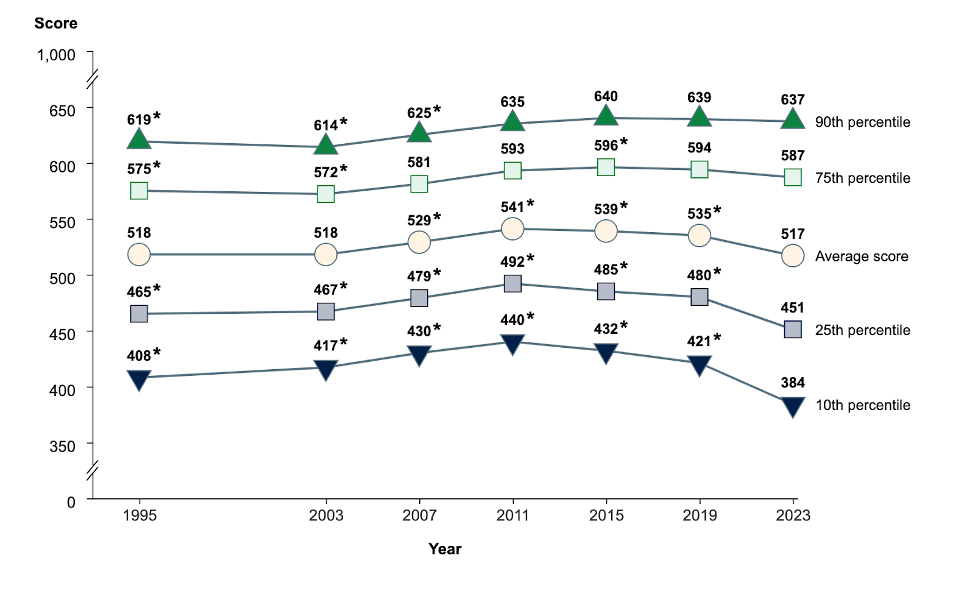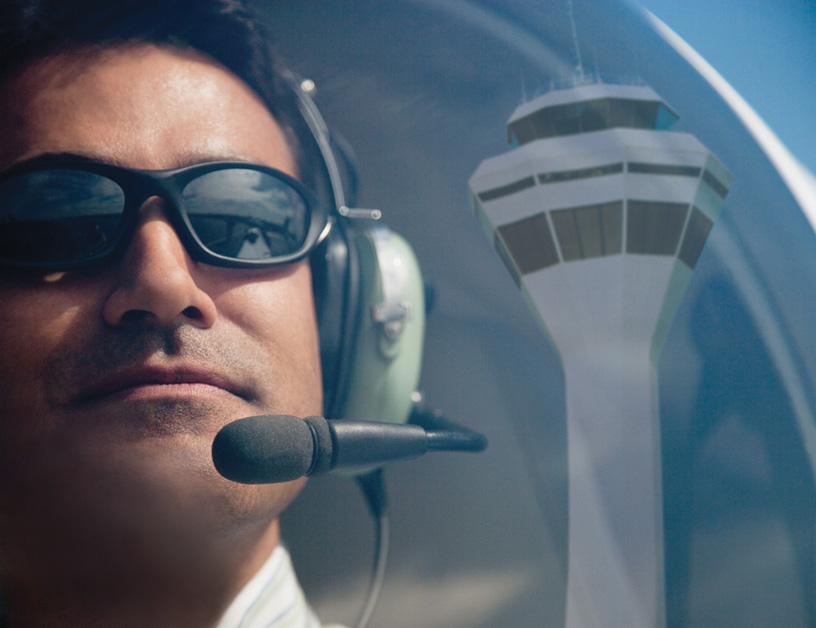When a student pilot first encounters all the calculations required to fly, it can be overwhelming. With altitude conversions, angles of descent, bank angles, temperature differences, and more, anyone who had any trouble with math in school may wonder...
When a student pilot first encounters all the calculations required to fly, it can be overwhelming. With altitude conversions, angles of descent, bank angles, temperature differences, and more, anyone who had any trouble with math in school may wonder if it’s possible for them to get their mind around all those equations. In his book Mental Math for Pilots, Ronald McElroy, a seasoned pilot and instructor, offers shortcuts, solutions, and problem-solving techniques that are simple and practical for use in the cockpit without a calculator (or even a pencil and paper). This excerpt from Mental Math for Pilots offers his no-nonsense technique for fuel planning.

Fuel Planning
Fuel planning can be important for three reasons:
Do I have enough fuel to be legal for my flight? How much fuel do I need to upload for my flight? Is my fuel burn in flight consistent with my flight planning?Let’s look at the requirements for fuel planning based on 14 CFR §91.151 (VFR) and §91.167 (IFR). Assume the VFR (visual flight rules) flight is planned for an estimated time en route (ETE) of 2 hours and 20 minutes. Assume the IFR (instrument flight rules) flight is planned for an ETE of 3 hours and 15 minutes plus 40 minutes to the alternate.
Table 2-17. Calculating the total fuel required in hours plus minutes
| VFR Rules | Fuel Requirement | IFR Rules |
| 2 + 20 | ETE | 3 + 15 |
| Not Required | Alternate | 0 + 40 |
| 0 + 30 or 0 + 45 | Reserve – Day Reserve – Night | 0 + 45 or 0 + 45 |
| 2 + 50 (Day) Or 3 + 05 (Night) | Total Fuel Required | 4 + 40 |
Once you determine the hours of fuel you need to start the flight, use the amount of fuel your aircraft uses in an hour to convert the hours to either gallons or pounds of fuel, depending on the measurement needed for your flight operations. What’s the conversion formula for pounds to gallons?
For avgas:
Total pounds avgas = (Gallons) × (6.0 lbs per gallon)
Total gallons avgas = (Pounds avgas) ÷ (6.0 lbs per gallon),
or using a mental math shortcut:
Total gallons avgas = [(Pounds avgas) × (1 2/3)] ÷ 10
For Jet A:
Total pounds Jet A = (Gallons) × (6.7 lbs per gallon)
Total gallons Jet A = (Pounds Jet A) ÷ (6.7 lbs per gallon),
or using a mental math shortcut:
Total gallons Jet A = [(Pounds Jet A) × (1 1/2)] ÷ 10
Using these conversion formulas, fill in the blanks of the following practice problems.
Table 2-18. Practice problems for converting fuel to gallons or pounds.
| Gallons (gal) | Pounds (lbs) |
| 55 gal avgas | ? |
| ? | 480 lbs avgas |
| ? | 1,000 lbs avgas |
| 500 gal Jet A | ? |
| ? | 5,000 lbs Jet A |
| ? | 8,500 lbs Jet A |
Keep scrolling for the answers. Mental Math for Pilots prepares a pilot for so much more than fuel planning. If you’re looking for tools to help with crunching the numbers for things like temperature conversions, reciprocal headings, turn radii, or crosswind components, this book will help you fly and navigate better and more efficiently. (These tools are also of great use if you have any airline interviews in your future.)
Answers: Table 2-18. Practice problems for converting fuel to gallons or pounds.
| Gallons (gal) | Pounds (lb) |
| 55 gal avgas | 330 lbs avgas |
| 80 gal avgas | 480 lbs avgas |
| 167 gal avgas | 1,000 lbs avgas |
| 500 gal Jet A | 3,350 lbs Jet A |
| 750 gal Jet A | 5,000 lbs Jet A |
| 1,275 gal Jet A | 8,500 lbs Jet A |
The post Mental Math for Pilots: Fuel Planning Made Easy first appeared on Learn To Fly.














